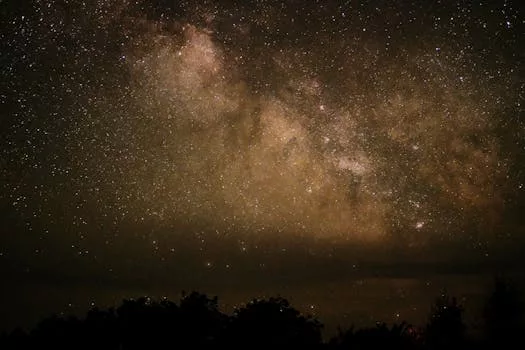
“
Beyond the Milky Way: Imagining New Worlds and Possibilities
Beyond the Milky Way: Imagining New Worlds and Possibilities is a concept that has fascinated humans for centuries. As we continue to explore and understand our own galaxy, we are also drawn to the mysteries of the universe beyond our cosmic backyard. In this article, we will delve into the possibilities of new worlds and civilizations, and explore the latest discoveries and theories in the field of astronomy. For more insights, check out our post on Charting New Realms: The Journey of Imagination Beyond the Stars.
Introduction to the Milky Way
The Milky Way is a barred spiral galaxy that contains hundreds of billions of stars, as well as various types of interstellar gas and dust. It is estimated to be about 100,000 light-years in diameter, and is thought to contain between 200 and 400 billion stars. The Milky Way is just one of billions of galaxies in the observable universe, and is thought to be a relatively ordinary galaxy in terms of its size and structure. To understand more about the vastness of our universe, you might find The Infinite Universe of Imagination: Beyond Celestial Boundaries interesting.
Exploring the Universe Beyond the Milky Way
As we look beyond the Milky Way, we enter a vast and complex universe that is full of mysteries and wonders. The universe is thought to contain billions of galaxies, each with its own unique structure and composition. Some galaxies are similar to the Milky Way, while others are very different, with different shapes, sizes, and types of stars. The universe is also home to a wide range of other celestial objects, including stars, planets, asteroids, comets, and black holes. For further exploration of this theme, consider reading Soaring Through the Cosmos: The Power of Imagination Beyond the Stars.
The Possibilities of New Worlds and Civilizations
As we explore the universe beyond the Milky Way, we are also drawn to the possibilities of new worlds and civilizations. The discovery of exoplanets, which are planets that orbit stars other than the Sun, has opened up new possibilities for the search for life beyond Earth. Many of these exoplanets are thought to be located in the habitable zones of their respective stars, where conditions are suitable for life as we know it. The search for life beyond Earth is an active area of research, with scientists using a variety of techniques to search for signs of life, such as the presence of oxygen or methane in the atmospheres of exoplanets.
Takeaways
- The universe is vast and complex, with billions of galaxies and celestial objects.
- The Milky Way is just one of many galaxies in the universe, and is thought to be a relatively ordinary galaxy.
- The search for life beyond Earth is an active area of research, with scientists using a variety of techniques to search for signs of life.
- The discovery of exoplanets has opened up new possibilities for the search for life beyond Earth.






